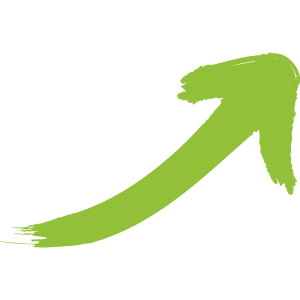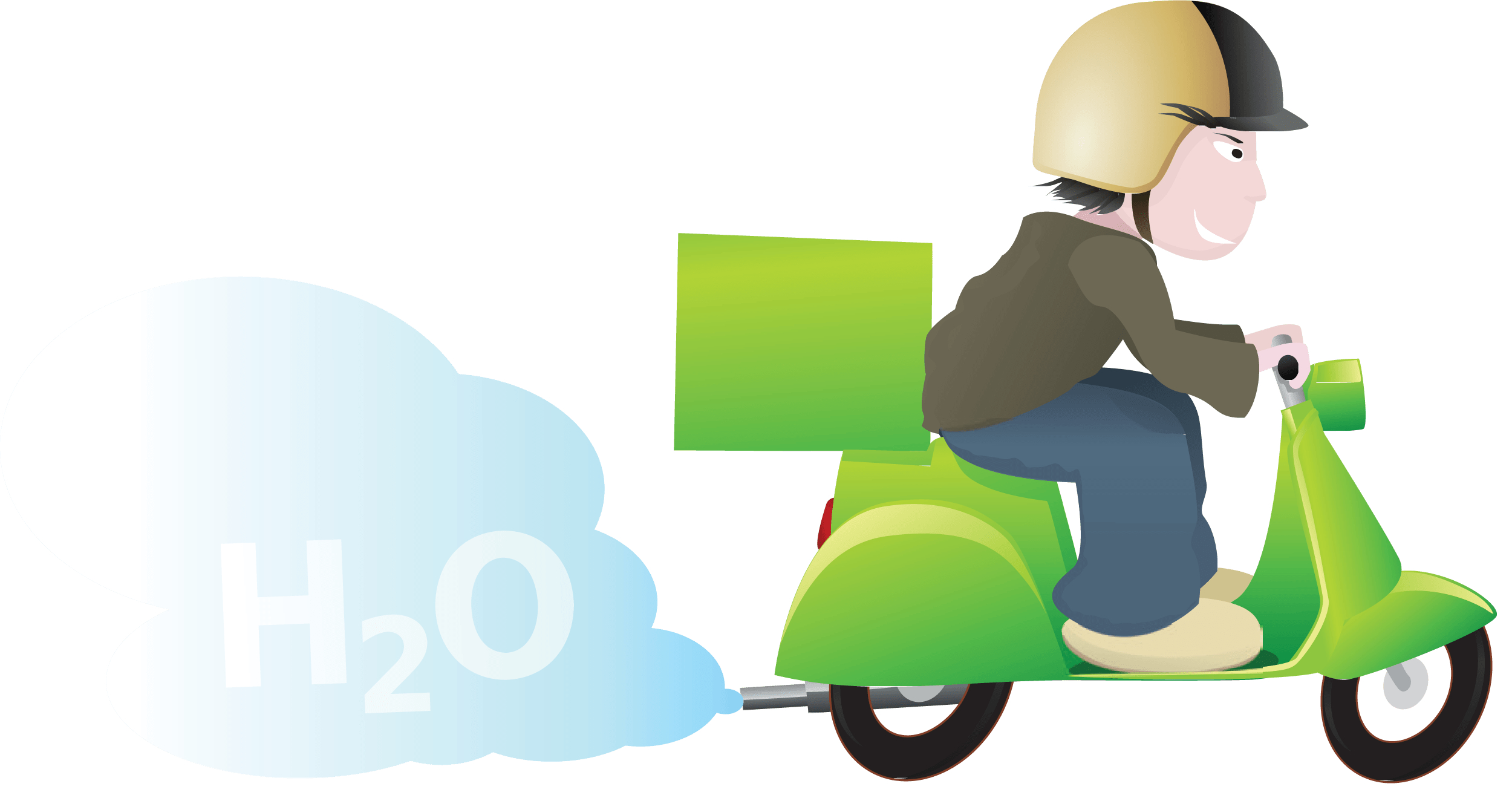Climate Neutral Player
This year we are proud of reducing our greenhouse gas emissions but we still need to focus on increasing our hydrogen use.
Kristof May
ENERGY AND REGULATORY AFFAIRS MANAGER
Energy consumption
Primary energy consumption remained at roughly the same level as 2021 (85.6% in 2022 compared to 86.0% in 2021), taking 2001 as the reference year. However, if we compensate for the extremely low level of production in 2022, compared to previous years energy consumption would have increased to around 87.0% compared to 2001 (as indicated by the blue section in the graph).

Increase when comparing against same utilisation rates.
Electricity and steam consumption
The weighted average electricity consumption declined compared to 2021 levels. However, this electricity consumption would have increased had we compared it to the same production utilisaton rate as 2021.

Decrease in weighted average electricity consumption.
Grid balancing
Euro Chlor looks into the role we play in balancing the electricity grid. Increasing (volatile) renewable electricity production with wind and solar means that more solutions are needed to maintain stability in the electricity grid and thus prevent blackouts. Chlor-alkali production units can partly contribute to balancing, but this capability is limited by the product needs of customers and the limited legal possibility to store chlorine.
In our third Sustainability Programme, we report on the grid balancing support delivered by members as a percentage of the total installed electricity demand capacity. In 2022, 14.8% of that capacity was available for grid balancing, which is a decrease from the 2021 level of 16.0%.
Euro Chlor is supporting the inclusion of more options to valorise flexible consumers in the recent review of the Electricity Market Design and seeking ways of increasing flexibility.

Decrease compared to 2021 levels.
Carbon footprint reduction
The EU has the ambition to become climate-neutral by 2050. The reduction of our carbon footprint (presented in our Eco-profile) is monitored as part of our third Sustainability Programme. Here, we report the scope 1 and 2 emissions of CO2 from member production units for chlor-alkali and hydrogen.
In 2022, GHG emissions reduced by around 7% compared to 2021. This is a huge step towards carbon neutrality. The largest contribution comes from members who switched from fossil-based electricity to carbon neutral electricity. It should be noted, however, that a remaining part of the carbon footprint reduction was achieved by the lower utilisation rate in 2022.

Large reduction in greenhouse gas emissions.
Hydrogen use
Euro Chlor produces an average of around 270,000 tonnes/year of hydrogen. This year though, hydrogen utilisation slightly decreased from 85.4% in 2021 to 84.9% in 2022, demonstrating that it remains difficult to reach our MCS goal of 100% utilisation. We will continue our efforts towards this goal since chlor-alkali hydrogen has a low GHG profile and comes from a non-fossil source; two key priorities for Europe.

0.5% decrease in hydrogen use compared to 2021
Note: Note: Figure for hydrogen vented varies from that under Competitive Supplier due to difference in products covered and different reporting lines.
Euro Chlor Hydrogen Day aimed to kick-start the hydrogen economy
To find solutions to achive full utilisation of our hydrogen, Euro Chlor held its first ‘Hydrogen Day’ in Brussels on 7 March 2023. This face-to-face event brought together more than 80 Euro Chlor members, partners, hydrogen technology vendors and policy makers as you can read here to address the challenges in achieving full and optimal utilisation.
A highlight of the event was Ruud Kempener of Directorate General for Energy (DG ENER, European Commission) recognising the role of chlor-alkali production of hydrogen and encouraging our industry to lead the way and take our experience to other industries. Feedback from the event has been very positive, and the rich content used in our future advocacy and communications. This event will be repeated in the future together with the Euro Chlor Technology Conference and Exhibition (next one planned in 2025).
